On 30 July 2016 I picked up a Nikon D70 equipped with the 24-85mm f/2.8-4 AF-D NIKKOR for a good USD37 cash from a flea market swap meet, taking the risk that it is in an unknown condition. After charged up the 3rd party battery inside I was surprised that it is in good working condition with a shutter count of 12210. I decided to give the camera some love.
D70 is an important camera in the history, it was announced in 2004 as Nikon’s first camera to compete in the sub-$1000 consumer DSLR market. Let’s take a look back to 2004, way before Android/iPhone, people were more familiar with Nokia, Finding Nemo was just released, camera is an expensive hobby (still is today), people are moving into the era of digital camera, a 6.1 megapixel digital SLR from Nikon opens up new possibilities for consumers to access the world of digital photography. I was serving in army in 2005 and having a hard time to choose between the Nikon D70 and the Canon 350D, I bought the Canon 350D with my army allowance and I never got my chance to use the Nikon D70 anymore until today.
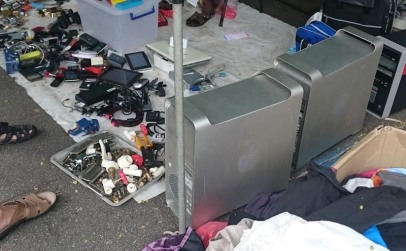
Restoration
I posted online to request my Nikon user friends to help verify the condition. My university friend who stays nearby kindly lent me his charger and test the lens AF.
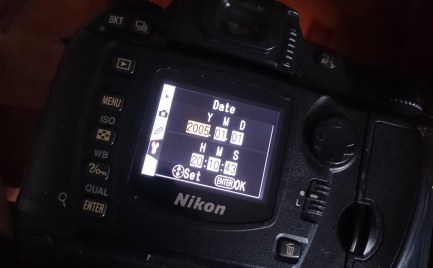
First thing I am going to do is to restore the camera:
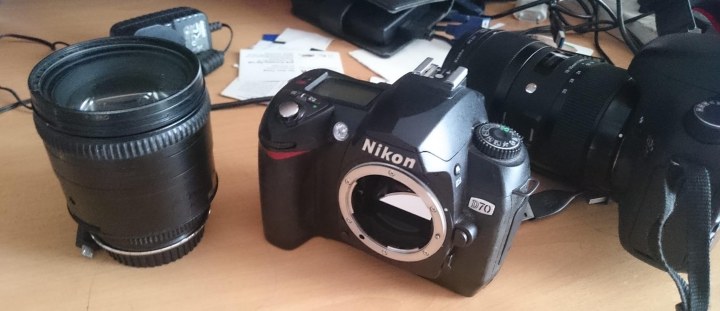
First look, the lens has the rubber and cap missing, camera body is in probably 7/10 condition, rubber sticky and dirt all over.
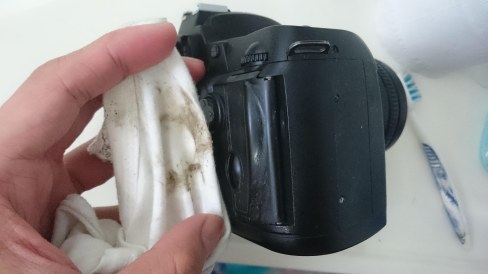
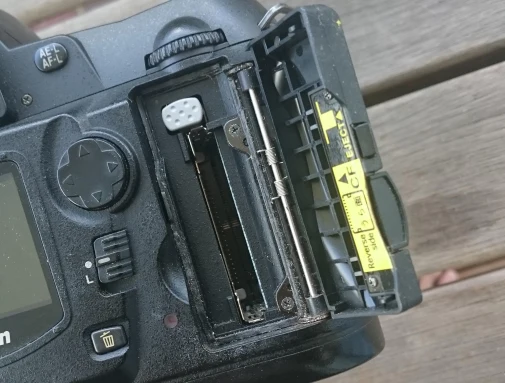
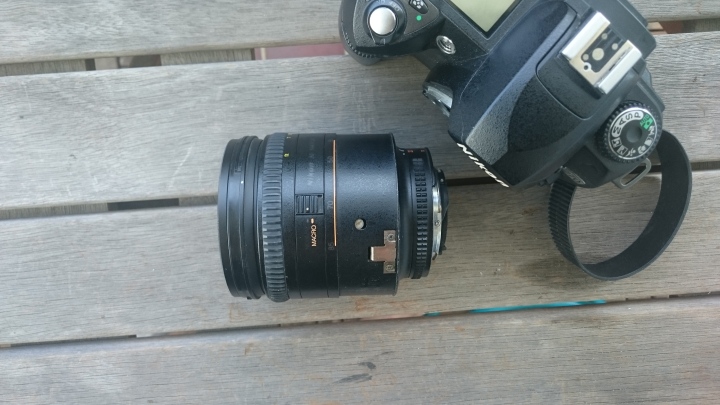
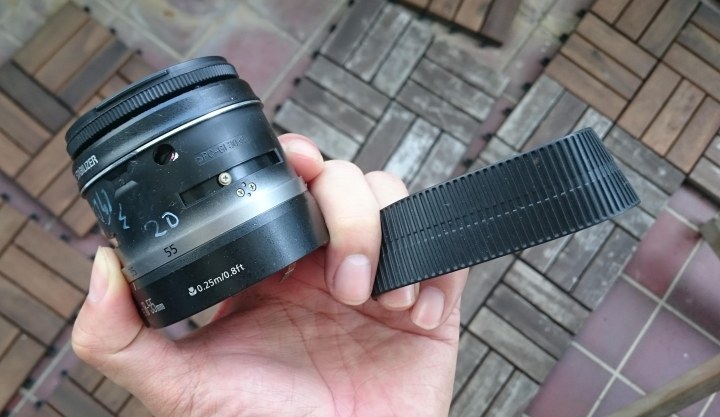
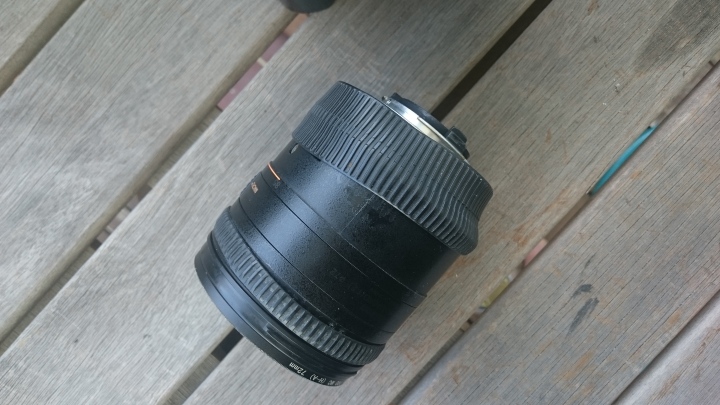
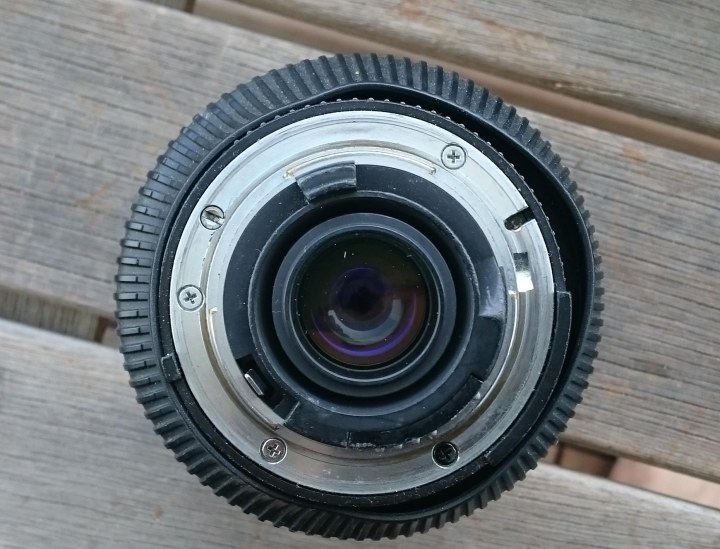
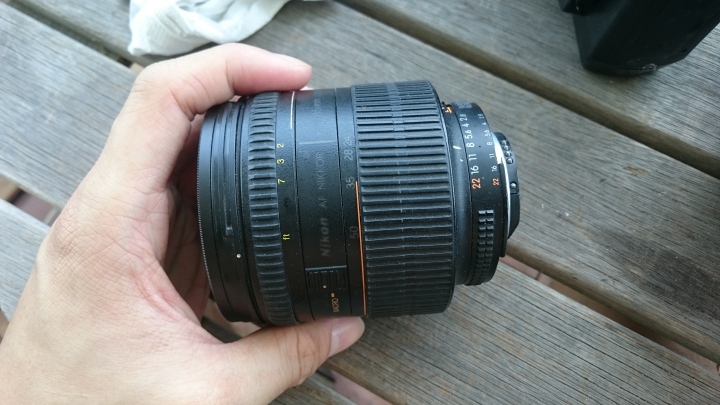
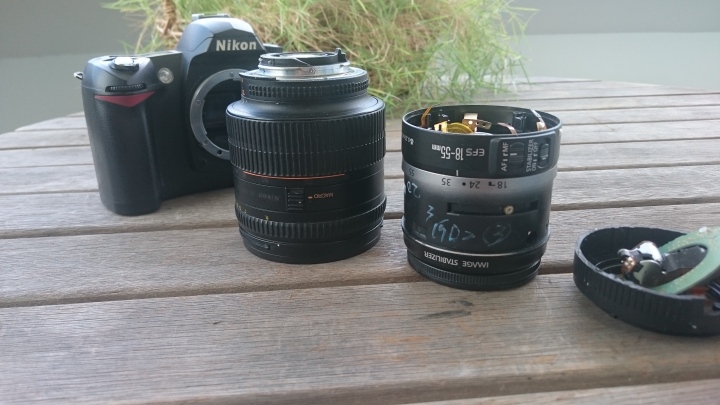
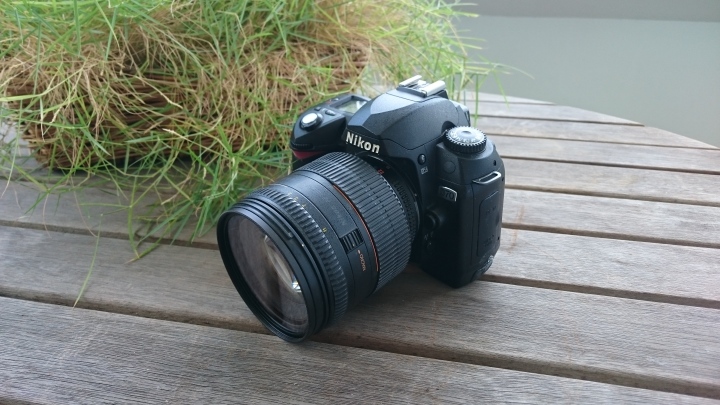
Samples
Some edited shots. I read up the 24-85mm AFD review from kenrockwell, it’s expected that the lens has quite a bit of distortion.
The following uploads are unedited full resolution:
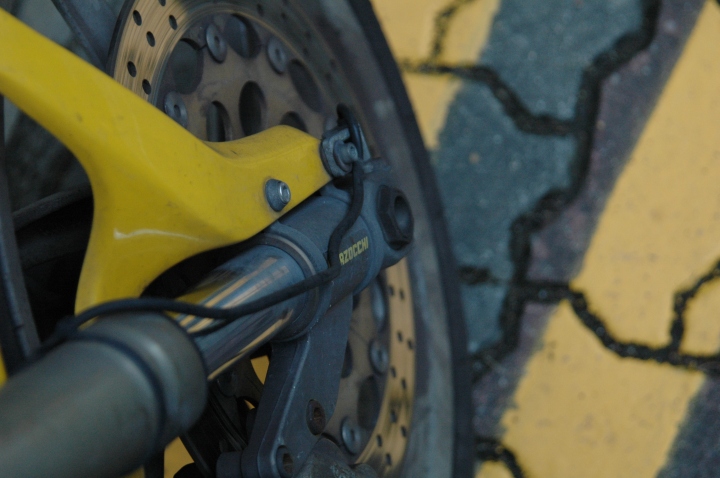
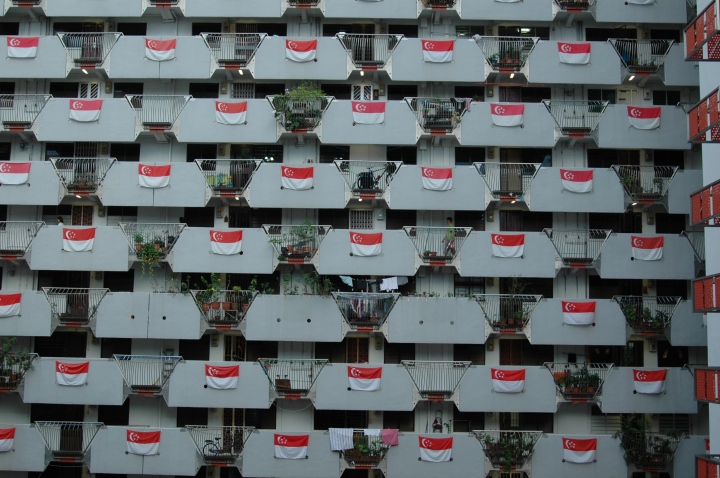


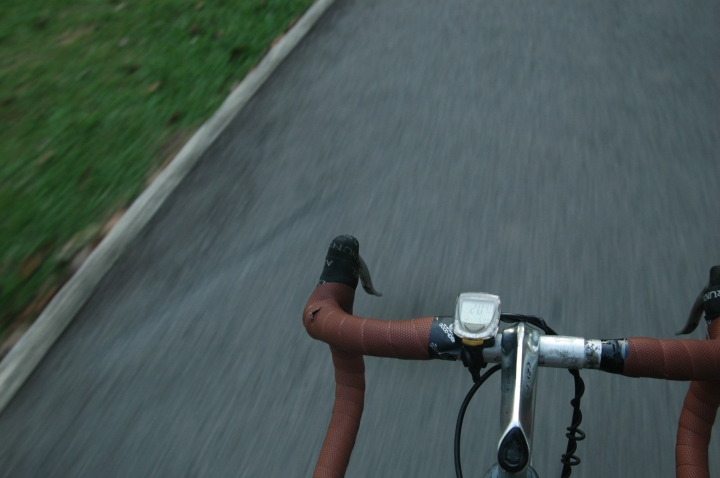
Note on the EXIF, it has been identified (11 years ago) that some version of the file does not show the ISO data on modern photo software. For details you can read a discussion on flickr.
Corruption
Now this is getting interesting. I have been swapping compact flash between my Canon EOS 7D with Nikon D70, until a point that D70 just cannot read the card nor write anymore. I took the card out and insert to the 7D, it reads the last picture taken by Nikon and still functional, maybe the software is more robust. So I took the card out and insert the card reader, this is what I saw:
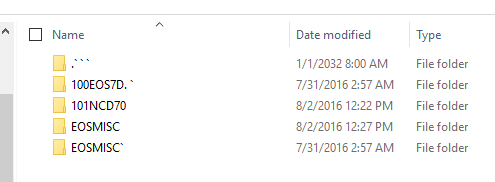
The next issue only occurred to 2/100 pictures I had taken in the past 3 days:
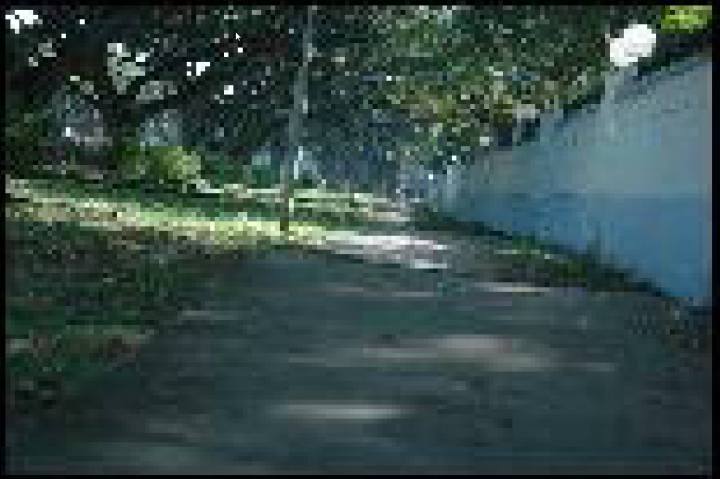
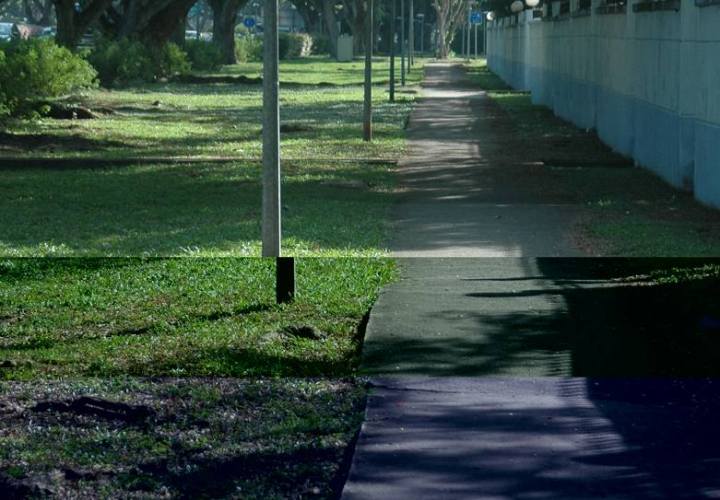
Conclusion/After thoughts :
The 11 years old sensor is way under perform as compared to today, probably some smartphone today can produce much better low light quality. The buttons and controls are quite limited, many functions such as ISO and focusing mode can only be access via menu, unlike the modern Nikon DSLR has everything on buttons at your fingertips. Designing digital user interface without much references back then was never easy.
The switch from analog to digital has sure come a long way till today, a camera that was designed before anyone would realised the digital SLR market would have evolved and not only belongs to the Japanese, but German and Chinese are catching up with decent optics and camera bodies (eg. Chinese micro four third E1). It is interesting to see how the two big traditional camera companies have been reacting, and reacting in the near future.











